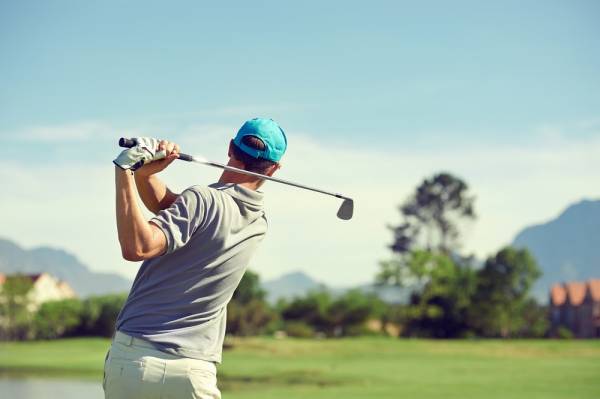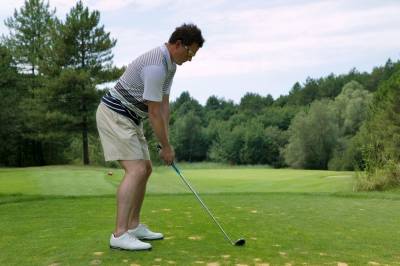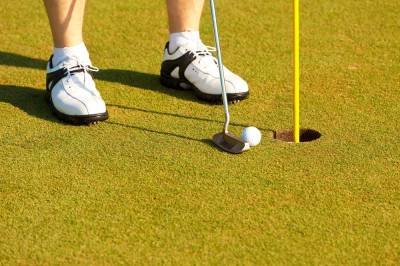
Lower Back Pain
Low back pain is the most common injury in golfers due to the flexed (bent forward) position of the spine, repetitive twisting during the golf swing and, often, weak stomach muscles.
How To Prevent It
Make sure your posture at address and your golf swing is correct. Ask your pro and TPI certified physio to check your posture and swing if you experience back pain when striking the ball.

Core stability exercises will strengthen your stomach and back muscles to support and protect your back. The added advantage of a strong core is that you’ll hit the ball further and straighter too!
Mobility exercises will ensure that you are not stiff and therefore putting strain on your spine.
Golfer’s and Tennis Elbow
Golfers and tennis elbow is a painful condition caused by an inflammation of the forearm tendons where they attach to the bone on either side of the elbow.
How To Prevent It
- Make sure you are not gripping the club too tightly as this will cause tension around the elbow
- Stretch the tendons and muscles over the elbow and wrist so that they don’t become shortened.
- Wear an elbow compression strap to reduce strain on the tendons over the elbow.
Shoulder Pain
Shoulder pain usually occurs when the rotator cuff muscles, which are a small group of muscles around the shoulder joint, become worn and strained. These can become damaged during the repeated stresses of the golf swing, particularly if your swing is faulty or you are round-shouldered with a stiff upper back.
How To Prevent It
- Make sure your swing is correct. Get your pro and TPI certified physio to check it out if you are experiencing shoulder pain during the swing or at impact.
- Mobilising exercises for your upper back will improve your flexibility and reduce the stress on your shoulders.
- Strengthening and stability exercises with resistance bands will strengthen your rotator cuff muscles.
Knee Pain
Knee pain can be caused by the rotational forces on a bent knee during the golf swing in addition to prolonged walking on uneven ground. Previous injuries sustained in earlier life can be aggravated by golf as players get older.
How To Prevent It
- Exercises to strengthen your Quads and Hamstrings (thigh) muscles will help to support and protect your knee joints
- Gel insoles in your golf shoes will add shock absorption and can reduce stress on your knee joints
- Wearing a knee support, particularly in cold weather, will keep your knee warm and add support.

Plantar Fasciitis
This is a painful condition of the foot and heel caused by inflammation of the tendons on the sole of the foot where they attach into the heel bone. It is prevalent particularly in golfers with badly fitting golf shoes. It is most painful first thing in the morning and when walking round the golf course.
How To Prevent It
- Make sure your golf shoes have good support under the arch of your foot.
- Stretches and massage to the sole of your foot will prevent the soft tissues from shortening and pulling on the bone.
I am a TPI certified golfing physiotherapist with clinics in Petersfield and Liphook. If you have any questions about the injuries I have mentioned above, or any other aches and pains, please call me on 01730 267645 or email gerry.oneill@ppasic.co.uk

Recent Comments